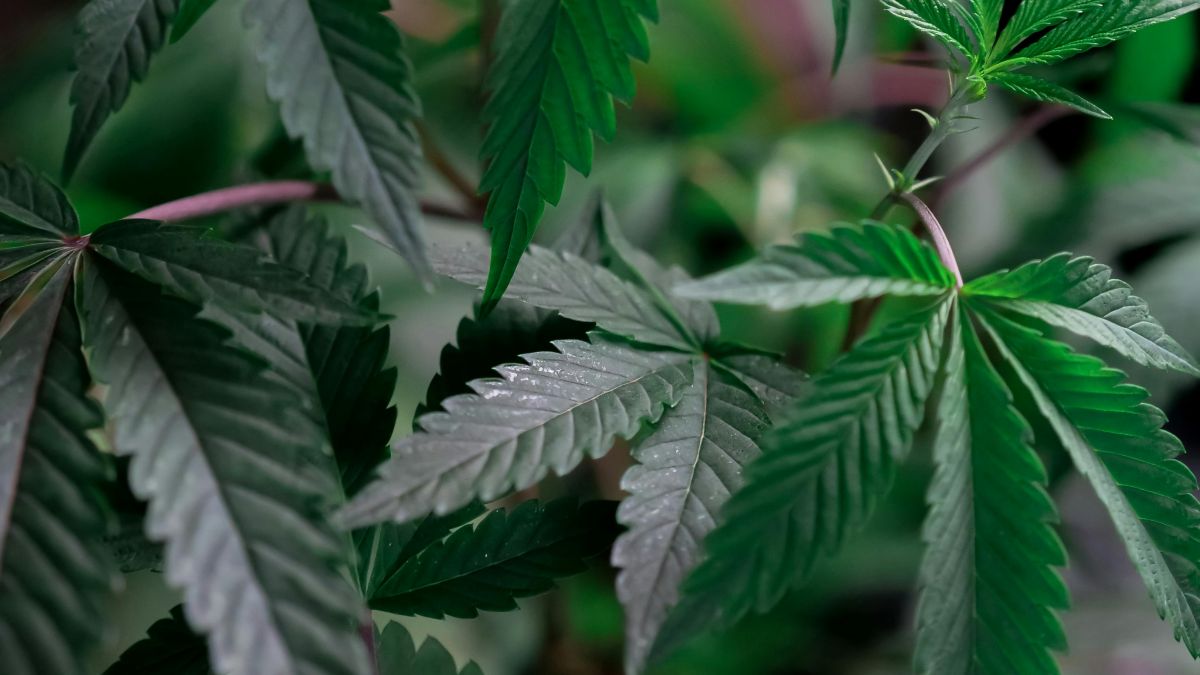A country-by-country guide to the car accident protocols in Central America in case you get involved in a fender bender while driving in the region.
Navigating the roads of Central America can be a daunting experience for travelers from the United States, Canada, or Western Europe. From poorly maintained infrastructure to lax enforcement of traffic regulations, the region presents challenges that require preparation and awareness.
This guide aims to provide drivers with vital information on car accident protocols across Central America. By understanding the procedures and legal requirements in each country, you can minimize potential risks and ensure a smooth resolution in the unfortunate event of a collision.
One of the most critical aspects of handling accidents in Central America is adhering to local laws regarding vehicle movement and reporting. Many countries strictly prohibit moving vehicles from the accident scene until authorities have arrived and documented the incident. Failure to comply with these regulations can lead to legal complications, underscoring the importance of remaining vigilant and prioritizing personal safety.
Road conditions can vary drastically, even within the same country. While major highways may be well-maintained, secondary routes and rural areas often lack proper signage, lighting, and surface quality. Drivers should exercise extreme caution, especially at night or during inclement weather, as hazards such as wandering pedestrians, livestock, and poorly marked speed bumps are commonplace.
View this post on Instagram
Cultural Driving Differences
Cultural differences in driving habits and enforcement practices can also contribute to the challenges faced on Central American roads. In the U.S., stringent enforcement practices like DUI checkpoints and speed radars help maintain discipline among drivers. These measures are backed by the threat of hefty penalties, which serve as a strong deterrent against violations. Things like speed radars also make determining fault in car collisions easier to ascertain.
In contrast, Central American countries often have lax enforcement and a somewhat informal driving ethos. This relaxed attitude complicates determining fault, as adherence to driving regulations can be inconsistent and monitoring sporadic at best. With fewer penalties and random checks, drivers may feel less compelled to adhere to safety norms, inadvertently raising the likelihood of accidents. This makes defensive driving essential, as traffic laws are frequently disregarded, and aggressive maneuvers like passing on blind corners or cutting across multiple lanes are prevalent in some areas.
By familiarizing yourself with the specific guidelines outlined below, you can navigate the unique driving environments of Central America with confidence and preparedness. Whether you’re a seasoned traveler or a first-time visitor, this resource will equip you with the knowledge necessary to handle accidents effectively and minimize potential risks on the road.
Belize
Road Conditions and Driving Culture
Road conditions in Belize range from two-lane paved roads to dirt or gravel tracks. Roads often lack markings, reflectors, and shoulders, which can contribute to cars overturning. Even in urban areas, most streets lack lane markings and contribute to chaotic conditions. Driving at night is strongly discouraged.
In Case of a Road Accident in Belize
- Contact the local police and explain the emergency.
- If there are no injuries or risk of life, do not move the vehicles and wait for the police to arrive.
- If possible, take pictures before any vehicles are moved.
- Do not leave the scene if there are no injuries.
Additional Notes
- Roadside assistance can be difficult to summon as there are no public telephones along the roads and emergency numbers may not always function properly.
- Cell phone service is generally reliable but can be spotty or non-existent in remote areas.
Boats, cars, taxies, planes, buses, golf carts, and bikes: Here’s how to best get around Belize, both on the mainland and out on the cayes.https://t.co/4uKyy5BQqG
— Central America Living (@VidaAmerica) July 27, 2022
Costa Rica
Road Conditions and Driving Culture
Roads in Costa Rica are often in poor condition, lacking clearly marked lanes, with narrow shoulders and large potholes. Signage can be inadequate, and visibility at intersections is frequently obstructed by hedges or other obstacles.
In Case of a Road Accident in Costa Rica
- Do not move the vehicle. Both the traffic police and an insurance investigator must arrive and file accident reports before vehicles can be moved.
- Contact the local police and explain the situation.
- If using a rental car, clarify the rental company’s accident policy. They may levy additional charges if you fail to file a report.
- Take photographs of the scene and vehicle damage before moving anything, if possible.
- Do not leave the scene.
Additional Notes
- Bridges, even on major roads, may be single-lane only. Rural roads sometimes lack bridges, requiring fording waterways.
- Do not drive through water.
In Costa Rica, traffic accidents cause most of the deaths across the country. It’s estimated that a person dies every 25 seconds in a road accident. This is attributed to lack of seat belts, speeding and drunk driving. #COMM1301
— Costa Rican Reports (@ReportsCosta) November 11, 2019
El Salvador
Road Conditions and Driving Culture
Major highways in El Salvador are among the best in Central America, but overall road conditions are not up to U.S. standards. Even within San Salvador, missing manhole covers and large objects in the roadway are common dangers. Avoid driving at night or in low visibility as slow-moving vehicles without taillights are often on the roads. Mini-buses, buses, and taxis are poorly maintained. Drivers are frequently unlicensed and generally do not follow traffic rules and regulations. Expect pedestrians walking on roadways and livestock on rural roads.
In Case of a Road Accident in El Salvador
- Call the police if someone has been hurt – other than that, simply sort the issue out between you.
- If you do need to call the police, do not move the vehicles, do not move the vehicles involved unless they are a danger to others.
- Leaving the scene could lead to legal complications, but prioritize personal safety.
- When police arrive, provide your name, address in the country, vehicle registration, insurance, and driver’s license information.
Additional Notes
- Hit-and-run accidents are common.
- Drivers under the influence or without a proper license involved in injury/fatal accidents face detention and arrest.
@nayibbukele it’s ridiculous that in 2021 El Salvador still uses one road for all traffic. You have trucks & cars share the same road. That’s why there’s so many accidents. There’s no rules & regulation. If you enforced strong traffic laws & fines you’d be able to recollect taxes pic.twitter.com/NVS1ip2mjn
— Lorena (@Lorena33993978) April 14, 2021
Guatemala
Road Conditions and Driving Culture
Road hazards are common in Guatemala. Secondary and rural roads have little to no lighting. Be vigilant of motorcyclists weaving unexpectedly across lanes and pedestrians darting across roads due to lack of defined crosswalks. Stay on main roads when traveling to and from Antigua and Lake Atitlan.
In Case of a Road Accident in Guatemala
- Contact PROVIAL roadside assistance at +502-2422-7800 for major highways.
- Or call police at 110/120 or fire department at 122/123 for assistance, though patrols are sporadic.
- Do not move vehicles until police and/or insurance representative allows it.
- Take photographs of the scene and collect witness details while waiting for authorities.
Additional Notes
- If an accident results in injury/death, all drivers involved will be arrested and jailed until responsibility is determined by police.
In this light-hearted piece, we describe the bureaucratic nightmare of registering your vehicle in Guatemala… https://t.co/30z7u10N19 #Guatemala #CentralAmerica #AntiguaGuatemala #Expats #expatlife pic.twitter.com/Wip5M0E4wS
— Central America Living (@VidaAmerica) February 14, 2018
Honduras
Road Conditions and Driving Culture
Driving in Honduras can be dangerous due to poor road conditions and heavy commercial truck traffic. Roads are poorly lit and marked. Traffic signs are often inadequate or non-existent. Drivers don’t always use headlights at night. People and animals may wander onto the roads. Rockslides are common, especially during the rainy season (May through December), and can cause closure of major highways. The U.S. Embassy discourages car and bus travel after dark.
In Case of a Road Accident in Honduras
- Contact the Honduran Transit Authority (“Transito“) by dialing 911.
- Honduran law requires all vehicles involved in an accident to remain in place until the transito agents arrive.
- Notify your car insurance company as soon as possible, preferably right after the accident.
- While driving, carry personal identification documents, including your driver’s license, copies of passports, and vehicle registration cards.
Nicaragua
Road Conditions and Driving Culture
Main roads in Nicaragua between major cities are generally paved and in good condition. Other roads may have potholes, lack shoulders, be poorly lit and narrow. During the rainy season, roads may become flooded or sustain additional damage. Horse carts, livestock, and pedestrians crossing roads in front of oncoming traffic are common, even on major roads in main cities.
In Case of a Road Accident in Nicaragua
- If involved in a traffic accident, you must wait for the police and insurance company representatives to arrive before moving your vehicle.
- However, especially during overnight hours, police and insurance companies may not respond.
- Do not move your vehicle unless a police officer tells you to do so, or you will be legally liable for the accident.
Additional Notes
- Carry a cellphone in case of emergency, but understand cell reception may be spotty in many areas.
- Do not drive outside urban areas after dark.
- To avoid liability, consider hiring a professional driver through a reputable hotel.
- In fatal accidents, drivers are held until reaching a legal settlement with the victim’s family.
An expat describes a minor fender-bender in Nicaragua. Useful reading if you’re planning to drive in this part of the world. https://t.co/FLxYdnKj45 #Nicaragua #CentralAmericanTwitter #CentralAmerica #Travel #Driving #CarRental pic.twitter.com/owzFjUWEhe
— Central America Living (@VidaAmerica) January 31, 2018
Panama
Road Conditions and Driving Culture
Expect unannounced checkpoints throughout Panama, especially at night. Traffic lights are infrequently located, even at busy intersections. Traffic moves on the right, as in the U.S. Panamanian law requires drivers and passengers to wear seat belts. Driving is often hazardous due to heavy traffic, undisciplined driving habits, poorly maintained streets, and a shortage of effective signs and traffic signals. Night driving is particularly hazardous on the old Panama City–Colon highway. Riding bicycles on streets is not recommended.
In Case of a Road Accident in Panama
- If an accident occurs, immediately notify the police.
- The law requires vehicles be moved off the roadway; failure to do so could result in a fine.
- If safe, take photos of both cars and exchange information with the other driver while waiting for police.
- If no one is hurt, photograph the scene, then move the cars.
- Fill out your accident report form and send it with photos to the insurance company or car hire company.
Additional Notes
- Third-party liability auto insurance is mandatory, but many drivers are uninsured.
- If an accident causes injury, call the police and medical services. Leave vehicles in place if not causing danger.
- The police will fill out the accident report for insurers or car hire firms in injury cases.
Conclusion
The diversity of driving environments and regulations across Central America underscores the importance of being well-informed and prepared on the road. While poor infrastructure, lax enforcement, and cultural differences may seem daunting, armed with the proper knowledge, travelers can minimize risks and ensure a smoother resolution in the event of an accident.
By adhering to the protocols outlined in this guide, you can avoid legal complications, prioritize personal safety, and efficiently navigate the necessary steps for reporting incidents and engaging with local authorities.
We hope this guide serves as a valuable tool for both seasoned travelers and first-time visitors to Central America. By familiarizing yourself with the region’s driving landscapes and following the prescribed guidelines, you can drive confidently and be prepared to handle any roadside situations that may arise.



